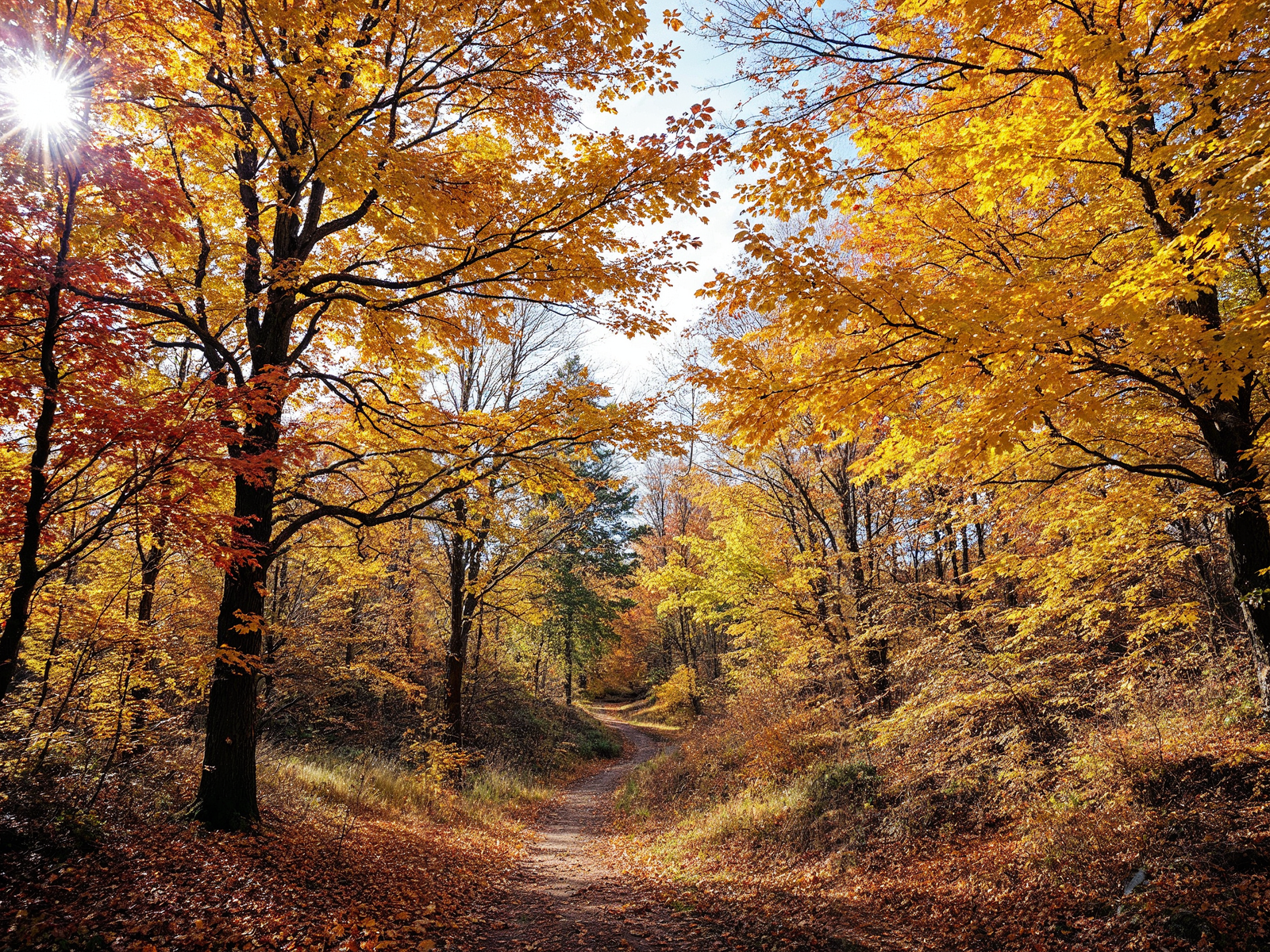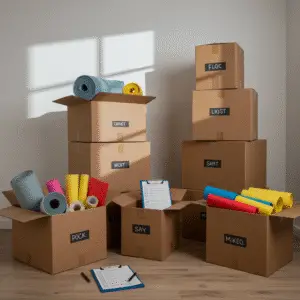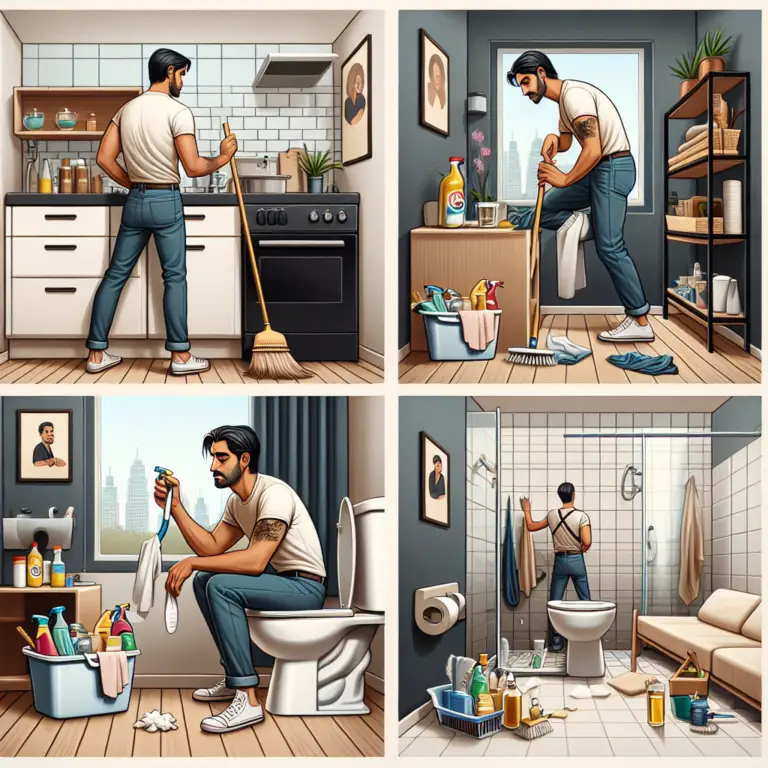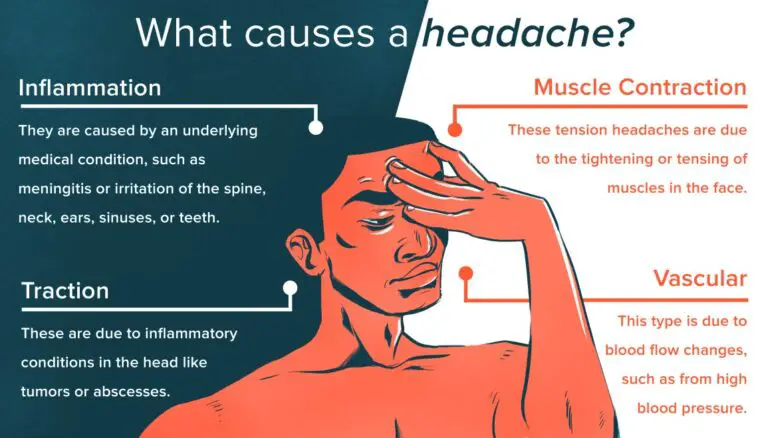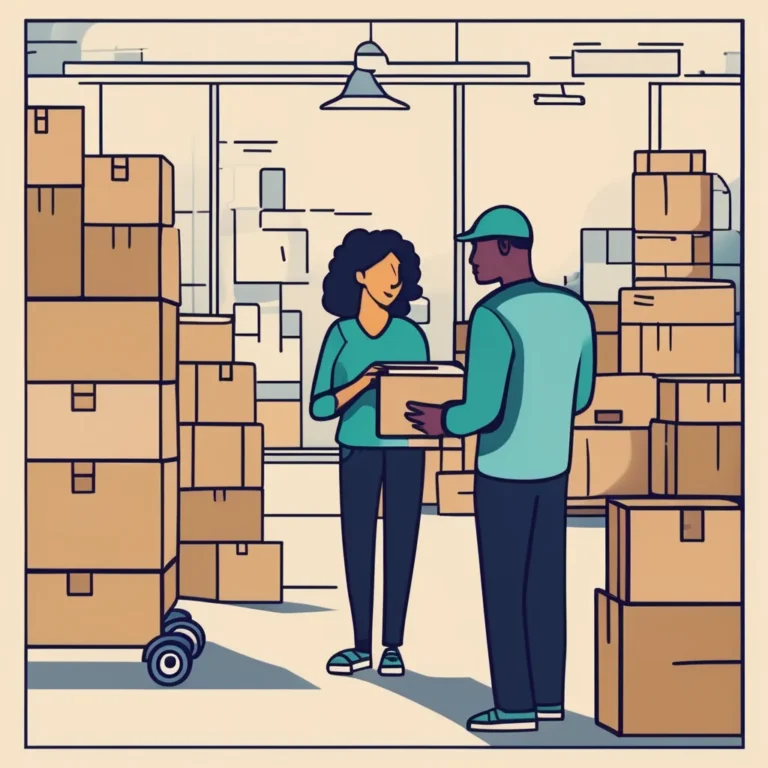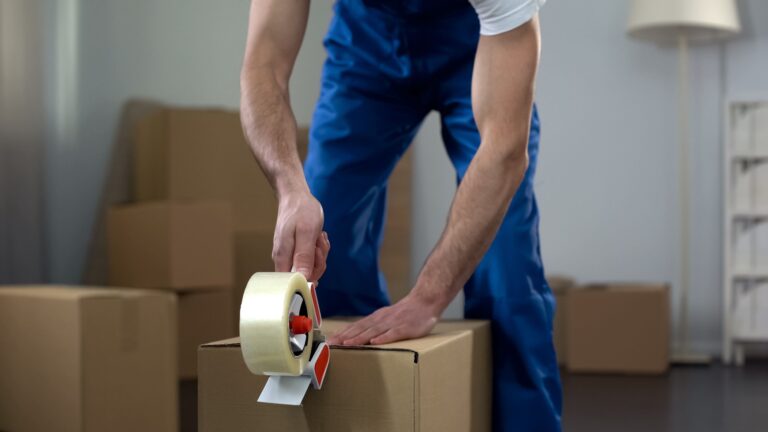DIY Move-Fall Edition
Fall DIY Moving: Your Complete Guide to Moving Before Winter Sets In
Why Fall Moving Requires Special Preparation
Moving during fall presents unique opportunities and challenges. While you’ll enjoy cooler temperatures and beautiful scenery, you must also prepare for unpredictable weather, shorter daylight hours, and the approaching winter season. With proper planning, fall can be one of the best times for a DIY move.
Fall moving offers significant advantages: lower costs due to reduced demand, comfortable working temperatures, and stunning autumn scenery. However, you’ll need to account for weather variability, prepare your new home for winter, and work within shorter daylight hours. This comprehensive guide will help you navigate every aspect of a successful fall DIY move.
1
Early Fall Planning (September – Early October)
Take Advantage of Fall Moving Benefits
September through early October offers ideal moving conditions. Temperatures are comfortable, humidity is lower, and moving companies offer reduced rates as peak season ends. Book your truck rental early to secure the best rates and availability.
Fall Moving Advantages
- Comfortable temperatures (60-75°F) for physical work
- Lower humidity reduces risk of mold in packed items
- Reduced moving truck demand = lower rental costs
- Beautiful scenery makes the process more enjoyable
- School year has started, reducing family disruption
Weather Monitoring and Backup Planning
Fall weather can be unpredictable. Start monitoring weather forecasts 2-3 weeks before your move date. Have contingency plans for rain, early snow, or temperature drops.
Download multiple weather apps and check forecasts from different sources. Weather patterns can change quickly in fall, so stay flexible with your timeline.
Seasonal Supply Preparation
Gather additional weather-protection supplies beyond standard moving materials. You’ll need extra tarps, plastic sheeting, and waterproof containers for outdoor storage during the move.
Fall-Specific Moving Supplies
- Heavy-duty tarps and plastic sheeting
- Waterproof storage bins for essentials
- Extra towels for drying wet items
- Work gloves for cold morning handling
- Battery-powered lanterns for early darkness
- Leaf blower for clearing walkways
2
Mid-Fall Preparation (October – Early November)
Winterizing Your New Home
Before moving in, ensure your new home is ready for winter. This is easier to do before your belongings arrive and rooms become crowded.
Pre-Move Winterization Checklist
- Schedule HVAC system inspection and tune-up
- Check and seal windows and door frames
- Inspect roof for loose shingles or damage
- Clean gutters and downspouts
- Test smoke detectors and carbon monoxide alarms
- Locate and test main water shut-off valve
- Arrange for snow removal service if needed
Daylight Optimization Strategy
With shorter days, plan your moving activities around available daylight. Start earlier and focus heavy lifting during peak daylight hours (10 AM – 4 PM).
Plan to load your truck the evening before moving day if possible. This maximizes your daylight hours for the actual transport and unloading phases.
Seasonal Utility Considerations
Ensure heating systems are operational at both locations before moving day. Schedule utility connections with winter startup in mind, including propane delivery if applicable.
Fall Decluttering Focus
Use this opportunity to eliminate summer items you won’t need and winter clothes that no longer fit. Consider the heating costs of your new home when deciding what to keep.
Fall Decluttering Priority Items
- Summer clothing and gear you didn’t use this year
- Outdoor furniture that won’t survive winter storage
- Garden tools and supplies you can replace locally
- Winter sports equipment you’ve outgrown
- Holiday decorations from previous years
3
Weather-Resistant Packing Strategies
Moisture Protection Techniques
Fall humidity and potential precipitation require extra protection for your belongings. Use moisture-absorbing packets, plastic wrapping, and waterproof containers for sensitive items.
Moisture Protection Essentials
- Silica gel packets for electronics and documents
- Plastic wrap for upholstered furniture
- Waterproof bins for basement/garage items
- Trash bags as box liners for clothing
- Moving blankets with plastic backing
- Vacuum-sealed bags for linens and clothing
Cold-Weather Item Prioritization
Pack winter essentials in clearly marked, easily accessible containers. You’ll need immediate access to warm clothing, heating supplies, and winter safety items.
Create a “Winter Survival Kit” box that gets loaded last and unloaded first. Include warm clothes, blankets, flashlights, batteries, and basic heating supplies.
Seasonal Item Storage Strategy
Plan your packing order around seasonal needs. Summer items can go in storage, while fall and winter items should be easily accessible in your new home.
Fall Moving Day Execution
Early Start Strategy
Begin loading at sunrise to maximize daylight hours. Have coffee and warm breakfast ready for your moving team. Check weather conditions first thing in the morning and adjust plans if necessary.
Weather Monitoring Protocol
Assign someone to monitor weather updates throughout the day. Have indoor backup plans ready if conditions deteriorate. Keep all electronics and documents in waterproof containers until the last moment.
Temperature Management
Dress in layers and keep extra clothing accessible. Provide warm beverages for your team throughout the day. Be prepared to take more frequent breaks as temperatures drop in the afternoon.
Lighting Solutions
Have multiple flashlights, headlamps, and battery-powered lanterns ready for when daylight fades. Set up temporary lighting in key areas like doorways and the truck loading area.
4
Immediate Winter Readiness Setup
First Day Priorities
Focus on getting your heating system operational, setting up emergency supplies, and organizing winter clothing. Don’t try to unpack everything—prioritize safety and comfort items first.
Day One Winter Readiness Tasks
- Test heating system and adjust thermostats
- Locate and test main electrical panel
- Set up at least one fully functional room (bedroom)
- Unpack winter clothing and bedding
- Set up basic kitchen for warm meals
- Install or test smoke and CO detectors
- Locate and mark emergency shut-offs
Emergency Preparedness
Stock up on winter emergency supplies before the first snowfall or temperature drop. Having these items ready reduces stress and keeps your family safe.
Winter Emergency Kit Essentials
- Flashlights, batteries, and battery radio
- Non-perishable food for 3-7 days
- Bottled water (1 gallon per person per day)
- First aid kit and prescription medications
- Warm blankets and sleeping bags
- Ice melt, snow shovel, and rock salt
- Portable heater (if safe for your home type)
Gradual Unpacking Strategy
Unpack systematically over several weeks, prioritizing rooms you use most during cold weather. Focus on creating comfortable, warm spaces rather than trying to organize everything immediately.
Common Fall Moving Pitfalls
- Ignoring weather forecasts: Failing to monitor changing conditions can leave you unprepared for sudden temperature drops or precipitation.
- Underestimating daylight limitations: Not planning for shorter days can leave you moving in the dark or rushing through important tasks.
- Inadequate moisture protection: Fall humidity and unexpected rain can damage belongings without proper weatherproofing.
- Postponing winterization: Waiting until after you’re moved in makes home preparation more difficult and expensive.
- Packing winter essentials last: Burying cold-weather clothing and supplies makes the first few weeks unnecessarily uncomfortable.
- Forgetting heating system preparation: Not testing heating before you need it can leave you without warmth during cold snaps.
Master Your Fall DIY Move
Fall moving combines the best of both worlds: comfortable temperatures and lower costs, paired with the satisfaction of being settled before winter arrives. The key is respecting the seasonal challenges while taking advantage of the unique benefits this time of year offers.
By following weather patterns, preparing for shorter daylight hours, and prioritizing winter readiness, your fall DIY move can be both cost-effective and successful. The cooler temperatures will make physical work more comfortable, and you’ll have months to fully settle in before spring arrives.
Start planning early, stay flexible with weather conditions, and focus on winter preparedness from day one. Your future self will thank you when you’re warm, comfortable, and fully settled in your new home while others are still dealing with the challenges of winter moving.

